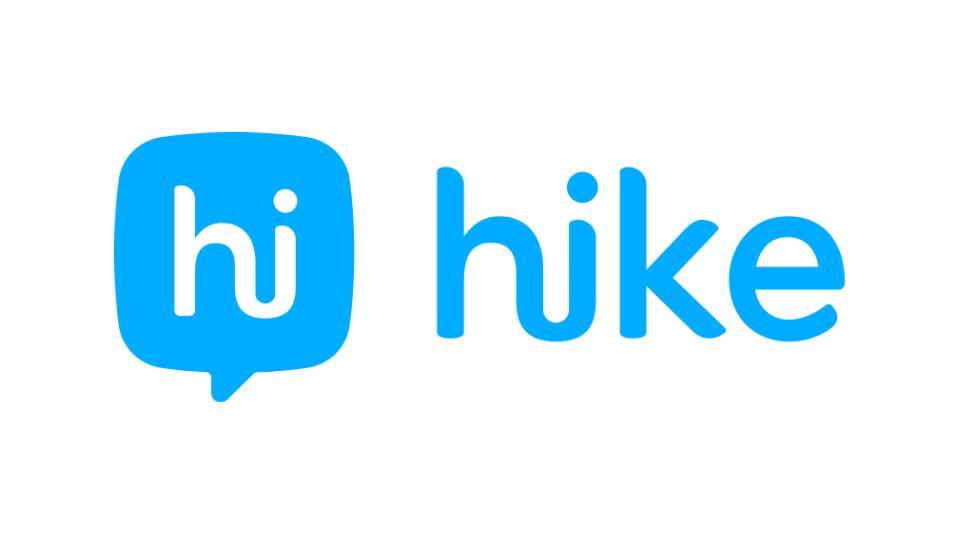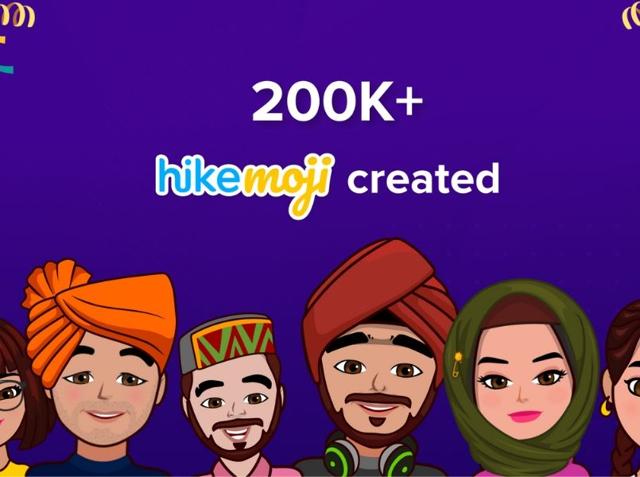Hike bets big on AI, ML to make conversations more expressive
Hike is now using deep tech such as AI and ML to make your conversations more interesting and expressive. Hike CEO & Founder Kavin Bharti Mittal explains how the technology works.

"We are not here to build communication service… It's already solved." Hike CEO & Founder Kavin Bharti Mittal was quick to respond to a question on the possibilities of the company trying to compete with other popular instant messaging applications.
Hike Messenger launched globally in December, 2012. In approximately seven years of existence, Hike has undergone several changes, expanded to newer categories such as payment, and experimented with fork of Android operating system called "Total."
With the likes of WhatsApp, Messenger and others already fortifying their spots as go-to app for chatting, Hike is now looking to build something beyond basic communications. The newfound focus bets big on deep tech such as machine learning and artificial intelligence. The tech is here to help bring expressions, which is closer to reality, to the regular conversations.


"How do we move the world forward on things like expression in ways that has not been done? … One way people think doing it is through the camera. But, we think cameras are one step too far, because you put a camera in front of people, they get very cautious because everybody wants to look their best version. And selfie cameras may not really capture complete expression of a person," said Kavin.
"Which is why we asked a simple question, which is, is there one step before we get to the place where you can be 60% new and 40% of you would love to be," he added while pointing to the new HikeMoji.
HikeMoji is essentially a new feature which allows users to create personalised stickers based on their selfies or create one manually. The platform is claimed to offer 100 trillion combination of facial features. Based on ML and AI algorithms, stickers are aimed to make the conversations more expressive beyond typing on the keyboard. HikeMoji is available in English, Hindi, and other languages such as Gujarati, Marathi, Bengali, Tamil, Kannada, Telugu and Malayalam.


The new section is an extension to the Hike Stickers Chat where over 200,000 HikeMojis have been created. The stickers driven app has users spend 33 minutes per day on an average.
On asked about how the ML and AI managed to get the context right for different connotations of similar texts in conversations, Kavin explained, "The simple thing is, we put a machine learning model on the device that now extends to words in eight local languages. That's doing natural language understanding and processing of device to recommend new stickers at the right time to the right relationship. We track on 20+ parameters, which will become 100+ parameters the next couple of months. This will include time of day, day of the week, season of the year and so on to truly understand how to deliver the right sticker at the right time."
Kavin added that the algorithms run on the device, not on the company's servers. A cloud-based process would have made the system very slow and may compromise with users' privacy, he explained.
Hike uses Google's TensorFlow and TensorFlow Lite models to run on-device machine learning interfaces. For low-end phones, Hike uses a combination of Tensor Flow Lite and a Tri model. The ML model automatically adjusts to the kind of device user is using.
"TensorFlow model can be a 32-bit quantized model, which is a very high accuracy model. But the problem that model is that it's very large. So, the memory footprints very large, as the battery consumption goes high. So, what we do is instead of using 32-bit quantized TensorFlow light model, we use, an 8-bit quantized TensorFlow Lite model, which is slightly less accurate, but we covered it with the Tri model, which is a search model. And the combination of that gives us very high coverage, accuracy, and optimised memory footprint," he explained the AI model under the hood.
Catch all the Latest Tech News, Mobile News, Laptop News, Gaming news, Wearables News , How To News, also keep up with us on Whatsapp channel,Twitter, Facebook, Google News, and Instagram. For our latest videos, subscribe to our YouTube channel.































